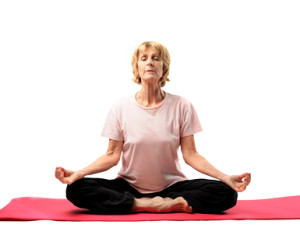Save the Date: May is Global Employee Health and Fitness Month
Start thinking about how your company can participate on Global Employee Health & Fitness Month!
Throughout the month of MAY, employers will challenge their employees to participate in health and
fitness activities.







 It’s exhausting being a human today – there are over one million Google hits per day for the word “stress”. Good and bad stress is a part of the human condition and it can be real or imagined and it is certainly a broad societal issue. By making a positive “next step” in managing your stress you can avoid becoming worn out by the journey of life.
It’s exhausting being a human today – there are over one million Google hits per day for the word “stress”. Good and bad stress is a part of the human condition and it can be real or imagined and it is certainly a broad societal issue. By making a positive “next step” in managing your stress you can avoid becoming worn out by the journey of life. The United States Government has suggested 150 minutes per week of physical activity in addition to two days per week of strength training for 20 minutes and stretching every day. There are many meditation, relaxation response and calming apps which you can download to have with you and use when you are having a challenge with managing stress. Sit and stand tall and do not “slump” as this can cause shallow chest breathing which can trigger the fight or flight response. Try not to make important decisions while under undue stress as this may result in poor or faulty decisions.
The United States Government has suggested 150 minutes per week of physical activity in addition to two days per week of strength training for 20 minutes and stretching every day. There are many meditation, relaxation response and calming apps which you can download to have with you and use when you are having a challenge with managing stress. Sit and stand tall and do not “slump” as this can cause shallow chest breathing which can trigger the fight or flight response. Try not to make important decisions while under undue stress as this may result in poor or faulty decisions.